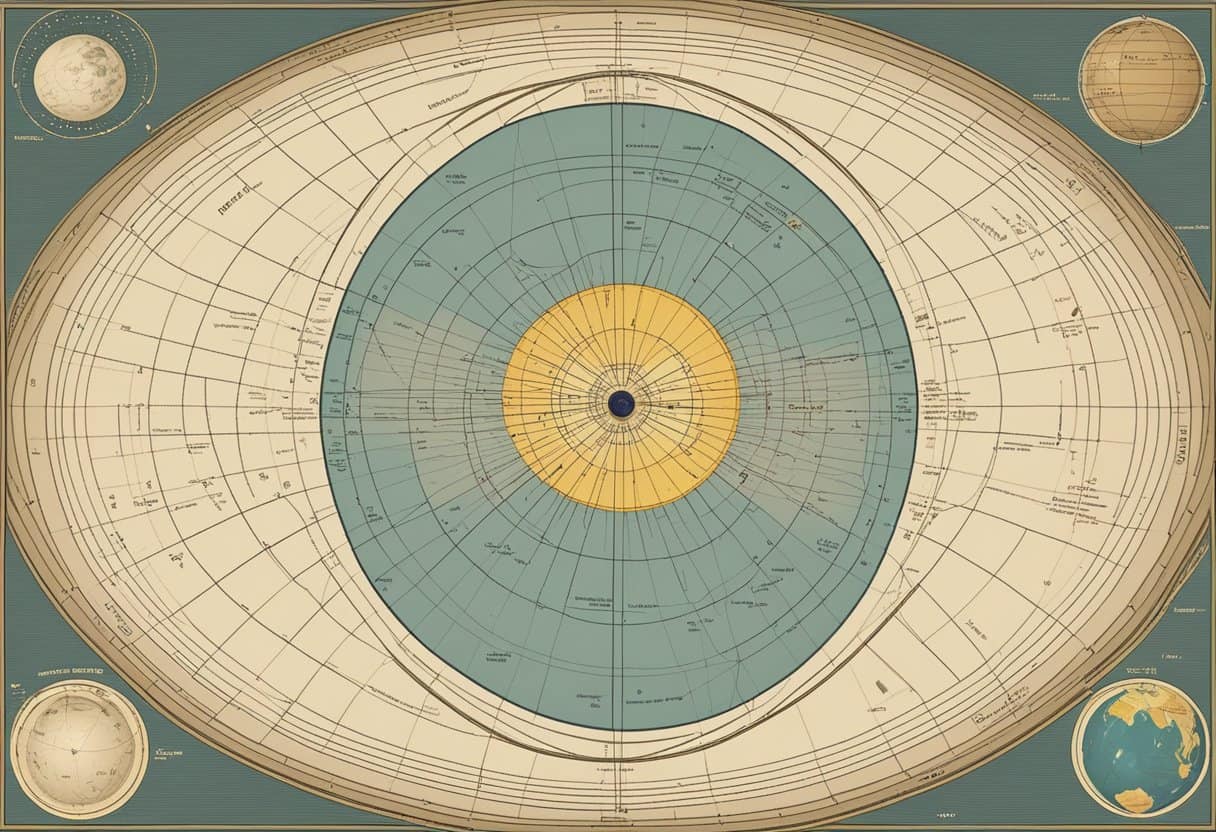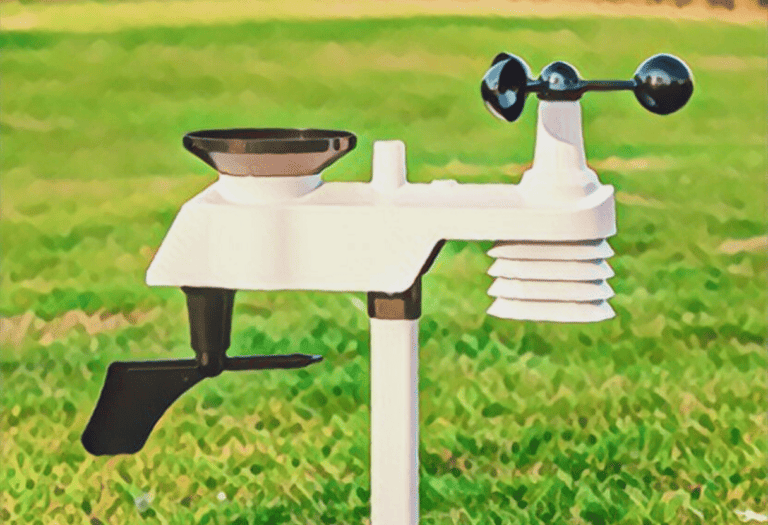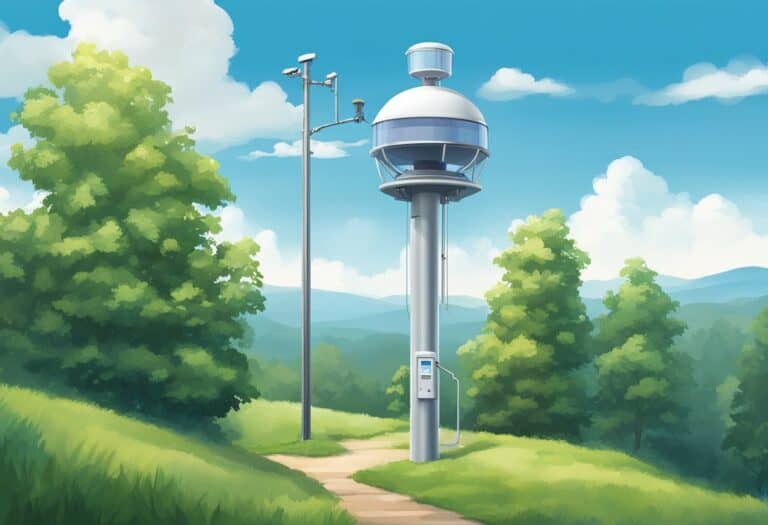Understanding when seasons start and end can be more complex than flipping a page in the calendar. Traditionally, seasons are split into four distinct periods that most of us know by heart: spring, summer, fall (or autumn), and winter.
These seasons are based on the Earth’s tilted axis and orbit around the Sun, leading to varying climate and daylight patterns throughout the year. Spring typically ushers in warmth, new growth, and longer days, while summer brings the heat to its peak. Fall cools things down as leaves change color, and winter often chills with short days and long nights.
But these periods aren’t the same everywhere—seasons can vary significantly depending on geographical location. The standard definitions differ when you consider astronomical and meteorological seasons, with the former relating directly to the Earth’s position in relation to the Sun and the latter focusing on consistent monthly temperature cycles.
Additional factors, such as cultural and regional practices, further influence how seasons are defined and observed. For instance, in some countries, cultural or meteorological definitions might lead the seasons to start and end on different dates than the astronomical ones.
Seasons determined by Earth’s tilt and orbit, affecting daylight and climate. Astronomical seasons based on equinoxes and solstices, while meteorological seasons by temperature cycles. Dates vary across regions and cultures.
Astronomical Seasons and Their Starting Points

Astronomical seasons are defined by Earth’s position in its orbit around the Sun and the tilt of Earth’s axis. These cosmic benchmarks have been observed and celebrated by cultures across the world for millennia.
Equinoxes and Solstices
The March Equinox typically marks the beginning of spring in the Northern Hemisphere and autumn in the Southern Hemisphere. This occurs when the Sun crosses the celestial equator going northward; it’s a moment when day and night are approximately equal in duration.
The June Solstice ushers in summer for the Northern Hemisphere when the North Pole is tilted closest to the Sun, often resulting in the longest day of the year. Conversely, the Southern Hemisphere experiences the winter solstice, its shortest day.
As Earth continues its journey, the September Equinox indicates the start of autumn in the Northern Hemisphere and spring in the Southern Hemisphere. This event mirrors the March equinox with nearly equal daylight and nighttime hours.
In the December Solstice, the roles reverse: the Northern Hemisphere experiences its shortest day, or Winter Solstice, while the Southern Hemisphere enjoys its longest day, signalling the onset of summer.
Earth’s Orbit and Tilt
Earth orbits the Sun in an elliptical shape which contributes to the varying lengths of the astronomical seasons. This orbit combined with the axial tilt of approximately 23.5 degrees leads to different intensities of sunlight reaching parts of the Earth at different times of the year.
The axial tilt ensures that different parts of the Earth receive varying amounts of light and heat, directly affecting the length of days and character of seasons. When your hemisphere is tilted towards the Sun, you experience longer daylight hours and warmer temperatures. Conversely, when it’s tilted away, the days are shorter with less direct sunlight leading to colder conditions.
Remember, the exact dates of these astronomical events can vary slightly each year due to the complexity of Earth’s motion through space.
Meteorological Seasons and Their Importance
Your understanding of the seasons’ timings is not only about what calendar date it is; it relates to the very essence of weather forecasting and climate prediction.
Definition and Calculation
Meteorological seasons are divided according to temperature cycles and the Gregorian calendar to facilitate consistent and comparative weather statistics. Meteorologists segment the year into four periods starting on the first day of the months that most closely align with the temperature cycle: spring from March 1, summer from June 1, fall (or autumn) from September 1, and winter from December 1. These start and end dates for meteorological seasons are more aligned with your expectation of the associated weather patterns, unlike astronomical seasons determined by the Earth’s position relative to the sun.
Meteorologists and Climate
The role of meteorologists in defining meteorological seasons is crucial as they assess air temperature and weather patterns to adjust the start and end dates of seasons, providing a pragmatic framework for climate research. A seasons calculator might utilize historical weather data to make climate predictions and understand temperature shifts over time. This practice is imperative for managing agricultural planning, environmental protection, and assessing the impact of climate change on the timing of seasons. The importance of meteorological seasons extends to your everyday life, affecting how you dress, plan activities, and even how you may perceive the health of the environment around you.
Cultural and Regional Variations
When discussing the timing of seasons, it’s essential to acknowledge that different cultures and regions recognize the start and end of seasons based on various calendars and climatic systems.
Different Calendars and Systems
Different cultures use various calendars that can influence when seasons are said to begin and end. For example, the Celtic calendar celebrates seasonal festivals such as Samhain, marking the beginning of winter around November 1st, while the Hindu calendar describes a concept known as “ritu,” which reflects six seasons rather than four.
In regions like South Asia, traditional calendars may align closely with monsoon patterns, defining seasons by the onset and retreat of the rains, vital for agriculture and vegetation growth. The Julian calendar, which was once widespread, also served as a basis for defining the seasonal year, though it has largely been replaced by the Gregorian calendar in most parts of the world.
Seasons Around the Globe
In examining global regions, you find a diversity of seasonal experiences affected by geographical location and annual temperature cycles. Australia and New Zealand in the Southern Hemisphere experience opposite seasons compared to the Northern Hemisphere, with summer peaking in December through February, and winter setting in from June to August.
- South Asia: Notably in India, the monsoon season is critical for sustaining agriculture, and the pre-monsoon and post-monsoon seasons are distinct from the Western four-season model.
- Sweden and Ireland: These regions experience significant changes in daylight hours, which affect vegetation and the way seasons are perceived, particularly midsummer and midwinter.
- Russia and Argentina: Extremes in latitudinal location mean that some parts of these countries, like Siberia in Russia or Patagonia in Argentina, see drastic differences in the length of seasons and the intensity of the summer and winter months.
- In areas such as Alaska, where subarctic and arctic climates dominate, the concept of a brief summer and a prolonged winter reflects the unique characteristics of high-latitude regions, where the landscape’s transformation is driven by sweeping changes in day length and sunlight intensity.
These variances underscore the rich tapestry of cultural and regional interpretations of the earth’s annual cycles.
Current and Future Seasonal Transitions
Understanding the timing of the seasons is crucial as you plan activities and agriculture throughout the year. During the current winter season (2023-2024), you are experiencing shorter days and longer nights, particularly away from the equator. The Northern Hemisphere is tilted away from the sun, leading to less direct sunlight and typically colder weather with snow in certain latitudes.
As you approach the next season, spring 2024, around the equinox, you’ll notice the days get longer. Spring typically lasts about 92 days, and is a period of transition where flowers bloom and temperatures begin to rise. It is followed by summer 2024, the warmest season, characterized by longer daylight hours, especially as you move further from the equator.
Heading into autumn 2024, daylight will gradually decrease. This season generally also spans approximately 89 days, and it’s when leaves change colors in many regions, leading up to the winter solstice. Each season’s length—spring, summer, autumn, and winter—varies slightly, with summer being the longest at about 93 days and winter the shortest at around 89 days, although this can be slightly altered during a leap year.
As the Earth rotates on its tilted axis around the sun, it reaches perihelion and aphelion, which are the points closest and furthest from the sun, respectively. These do not coincide with the seasons; rather, seasons are a result of Earth’s axial tilt.
Daylight Saving Time (DST) adds another layer to seasonal transitions, shifting an hour of daylight from morning to evening.
In future years, climate change may alter these familiar patterns, affecting not just the number of daylight hours but also the start and end dates of each season. Scientific studies have begun to observe shifts in seasonal transitions, underscoring the importance of continued research and observation.
Frequently Asked Questions
Understanding when seasons start and end can be a bit confusing due to varying definitions and differences between meteorological and astronomical seasons. Below are some specific details to help you navigate the transition points of each season.
What dates mark the beginning and end of the four seasons?
The astronomical seasons are determined by the position of Earth in relation to the Sun. In the northern hemisphere, spring begins around March 20, summer around June 21, fall around September 22, and winter around December 21.
Do the start dates of seasons differ each year?
Yes, the start dates of the astronomical seasons can vary slightly due to the Earth’s elliptical orbit and the fact that a calendar year doesn’t perfectly match up with Earth’s orbit. Usually, the variation is just by a day or two.
On which dates do fall and spring typically begin?
Astronomically, fall typically begins around September 22 or September 23 in the northern hemisphere, when the sun crosses the equator from north to south. Spring begins around March 20 or March 21, when the sun crosses back from south to north.
How are the start and end dates of winter determined?
The start and end dates of winter are determined by the winter solstice, which occurs around December 21 in the northern hemisphere. This marks the day with the shortest period of daylight and the longest night of the year.
Can you list the four seasons in order starting from January?
Starting from January, the sequence of the four seasons in the northern hemisphere is winter, spring, summer, and fall.
Are season start dates the same in the northern and southern hemispheres?
No, the season start dates are opposite in the northern and southern hemispheres. When it is winter in the northern hemisphere, it is summer in the southern hemisphere, and vice versa.







